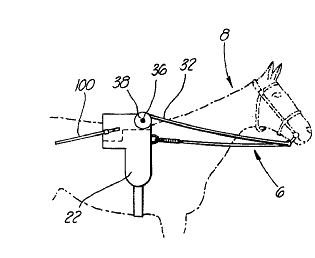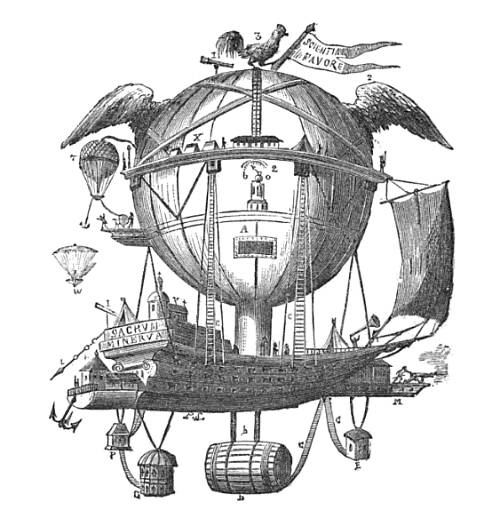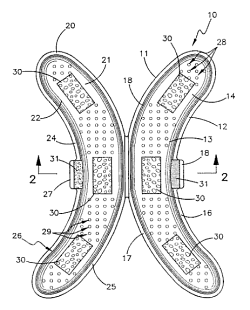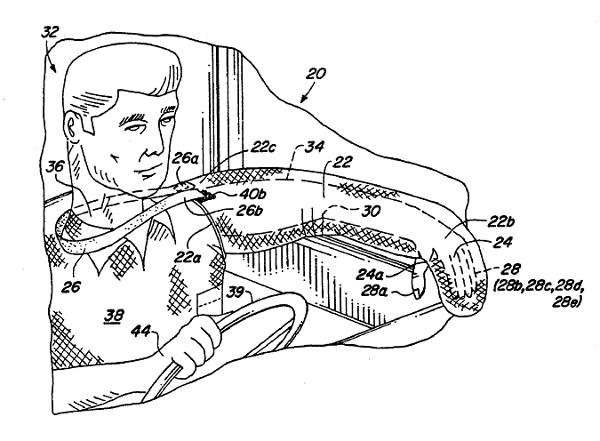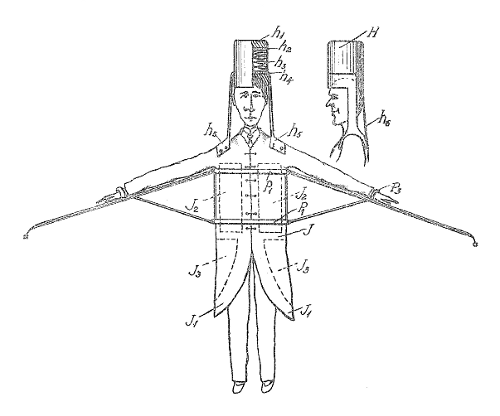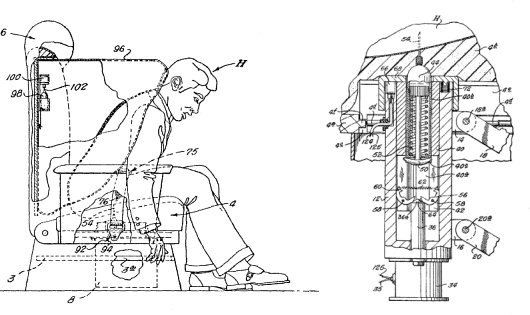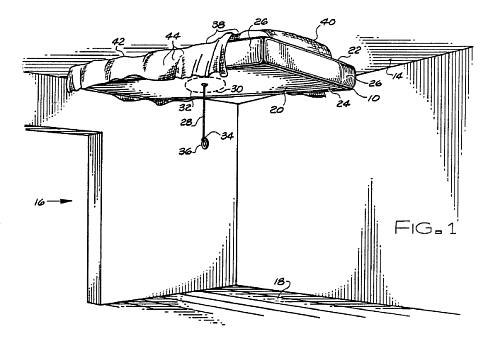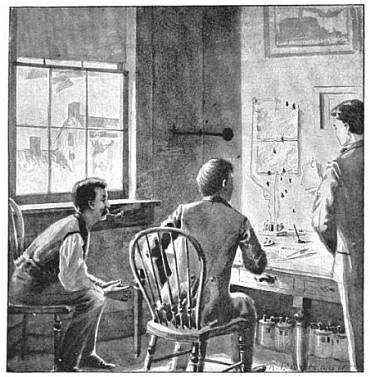
Mark Twain found it exasperating to compose a scrapbook using mucilage and glue. In order to “economize the profanity of this country,” in 1873 he patented a “self-pasting scrapbook” whose pages are already covered with adhesive — the user simply moistens a portion of the page to paste in each piece.
You know that when the average man wants to put something in his scrap book he can’t find his paste — then he swears; or if he finds it, it is dried so hard that it is only fit to eat — then he swears; if he uses mucilage it mingles with the ink, and next year he can’t read his scrap — the result is barrels and barrels of profanity. This can all be saved and devoted to other irritating things, where it will do more real and lasting good, simply by substituting my self-pasting Scrap Book for the old-fashioned one.
Twain called it “the only rational scrapbook the world has ever seen.” It proved to be his only profitable invention, selling still in 1912. One wag called it “a book to which readers could easily become attached.”

